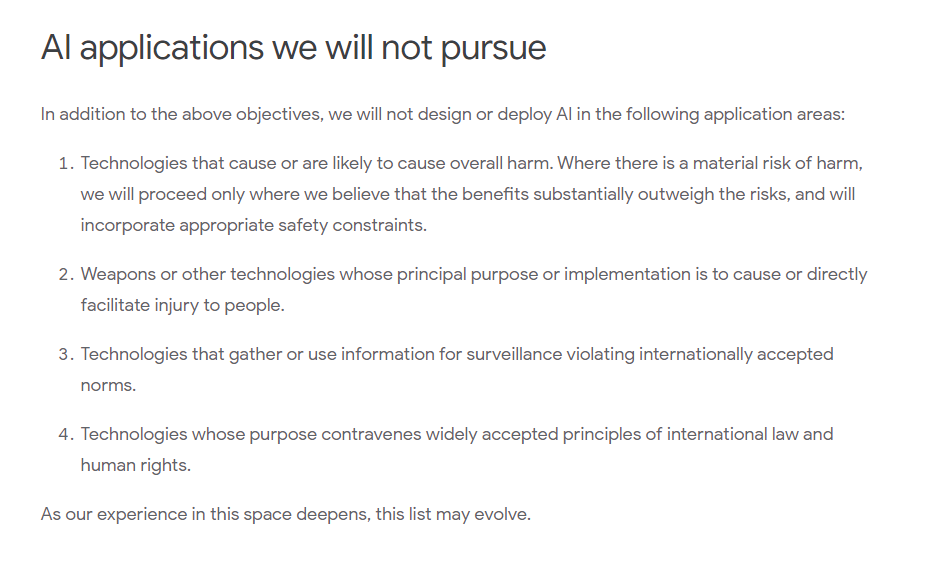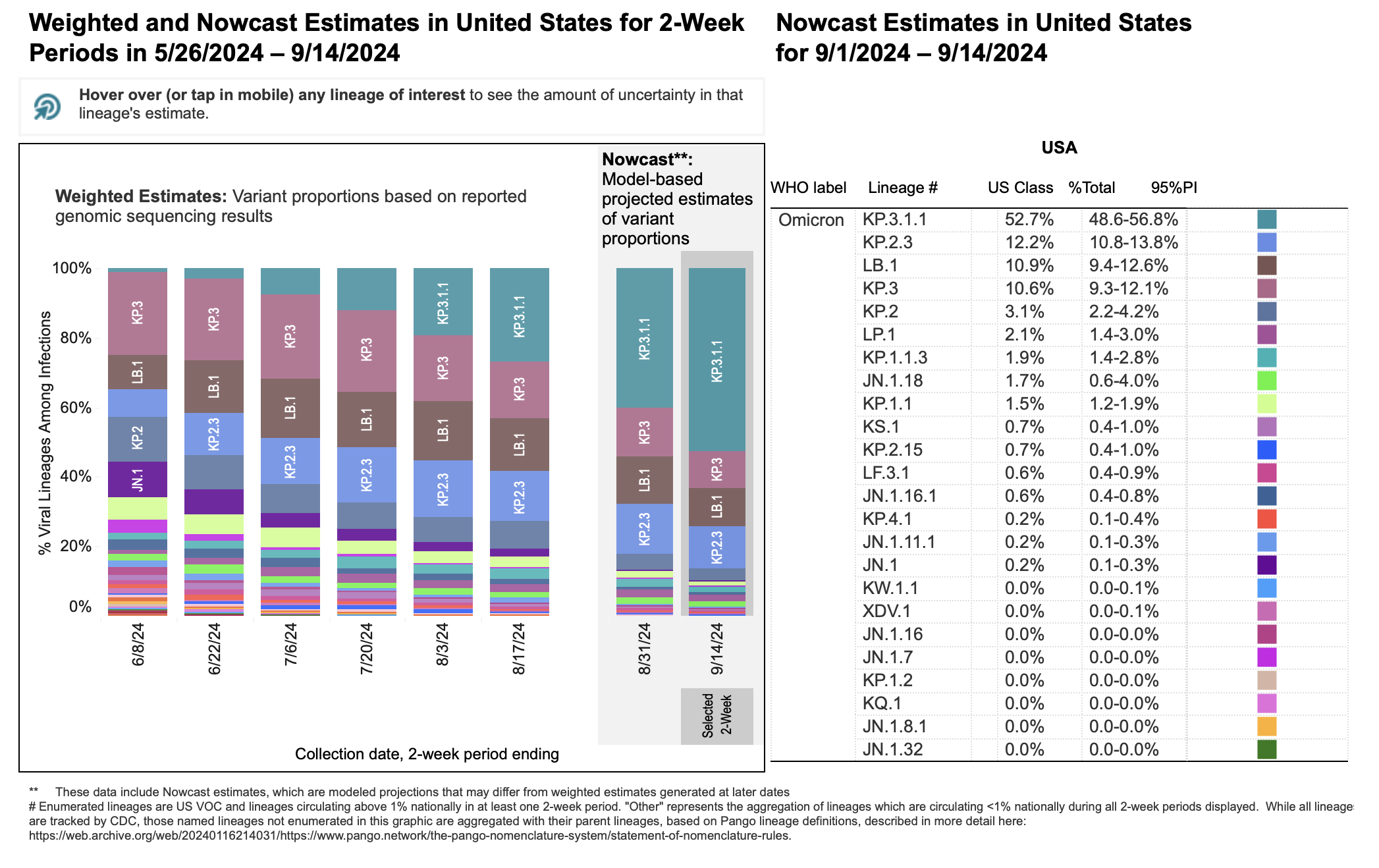Debunking The Myth Of AI Learning: Towards Responsible AI Practices

Table of Contents
Understanding How AI "Learns": The Truth Behind the Algorithms
AI doesn't learn in the same way humans do. It doesn't possess consciousness or the ability to understand the world in the way we do. Instead, AI relies on complex algorithms and massive datasets to identify patterns and make predictions. This process, often described as "machine learning," is fundamentally different from human learning, which involves experience, intuition, and contextual understanding.
- The Role of Data: AI models are trained on data, not experience. The quality and representativeness of this data are paramount. The adage "garbage in, garbage out" is particularly relevant here. Biased or incomplete datasets will inevitably lead to biased or inaccurate AI systems. Data quality, therefore, is a critical aspect of responsible AI.
- Types of Machine Learning: AI learning encompasses various approaches, including:
- Supervised learning: The algorithm is trained on a labeled dataset, where inputs are paired with desired outputs. This allows the AI to learn to map inputs to outputs.
- Unsupervised learning: The algorithm is trained on an unlabeled dataset, and it must identify patterns and structures within the data on its own.
- Reinforcement learning: The algorithm learns through trial and error, receiving rewards for correct actions and penalties for incorrect ones.
- Limitations of AI Systems: AI systems are limited by their design and the data they are trained on. They operate solely within the parameters set by their creators and lack the capacity for genuine understanding or generalization beyond their training data. They excel at pattern recognition but fall short when it comes to nuanced comprehension.
The Bias Problem in AI Training Data
Biases present in training data inevitably lead to biased AI outcomes. This is a significant concern, as it can perpetuate and amplify existing societal inequalities.
- Gender bias in facial recognition software: Studies have shown that facial recognition systems are significantly less accurate in identifying individuals with darker skin tones and women, leading to potential misidentification and discriminatory outcomes.
- Racial bias in loan applications: AI-powered loan application systems have been shown to discriminate against certain racial groups, perpetuating historical biases embedded in the data used to train them.
- The Importance of Diverse and Representative Datasets: To mitigate bias, it's crucial to utilize diverse and representative datasets that accurately reflect the population the AI will interact with. This requires careful data curation and preprocessing to remove or mitigate biases.
The Lack of True Understanding and Generalization
AI systems lack genuine understanding; they identify patterns, not meaning. They excel at specific tasks within their defined parameters but struggle with generalization and adaptation to novel situations.
- Example: An AI might correctly identify a cat in a picture based on its learned patterns (shape, fur, whiskers). However, it doesn't truly understand what a cat is—its biology, behavior, or place in the ecosystem. It simply recognizes features consistent with its training data.
- Overfitting: Overfitting occurs when an AI model learns the training data too well, capturing noise and irrelevant details instead of the underlying patterns. This leads to poor performance on new, unseen data.
The Ethical Implications of Unchecked AI Development
The rapid advancement of AI raises significant ethical concerns that must be addressed proactively. These concerns extend to various aspects of AI development and deployment:
- Job Displacement: Automation driven by AI technologies poses a threat to certain job sectors, requiring strategies for retraining and workforce adaptation.
- Algorithmic Bias: As previously discussed, biases in data can lead to discriminatory outcomes, reinforcing social inequalities.
- Transparency and Accountability: The lack of transparency in some AI algorithms makes it difficult to understand how decisions are made, hindering accountability for errors or biases.
- Misuse of AI Technology: AI technologies, like deepfakes and autonomous weapons systems, raise concerns about their potential misuse and the need for strong ethical guidelines.
The Importance of Human Oversight in AI Systems
Human oversight is crucial in designing, monitoring, and controlling AI systems. AI should be viewed as a tool to augment human capabilities, not replace them entirely.
- Regular Audits: AI algorithms should undergo regular audits to detect and correct biases and errors.
- Human Intervention: Human intervention mechanisms should be in place to prevent harmful outcomes and ensure ethical decision-making.
- Interdisciplinary Collaboration: Development of responsible AI requires collaboration across disciplines, including computer science, ethics, law, social sciences, and the humanities.
Moving Towards Responsible AI Practices: Best Practices and Guidelines
Fostering responsible AI development and deployment requires a proactive and multi-faceted approach. This includes:
- Prioritizing Ethical Considerations: Ethical considerations should be prioritized throughout the entire AI lifecycle, from design and development to deployment and monitoring.
- Robust Testing and Validation: Rigorous testing and validation processes are essential to ensure the accuracy, fairness, and reliability of AI systems.
- Transparency and Explainability: Promoting transparency and explainability in AI systems allows for better understanding of their decision-making processes and increases accountability.
- Establishing Clear Guidelines and Regulations: Clear guidelines and regulations are needed to govern the development and use of AI, addressing issues such as data privacy, bias mitigation, and accountability. Existing initiatives, such as the OECD Principles on AI, provide a valuable framework.
Conclusion
Debunking the myth of AI learning is crucial for fostering responsible AI practices. AI systems are powerful tools, but their capabilities are limited by their design and training data. They lack genuine understanding and are susceptible to bias. By understanding the limitations and ethical implications of AI, and by prioritizing human oversight and transparency, we can harness the benefits of AI while mitigating its risks. Let's work together to promote the development and use of Responsible AI, building a future where AI empowers humanity rather than replacing it. Learn more about implementing responsible AI principles and contributing to the development of ethical AI guidelines today.

Featured Posts
-
 Estevan Announces Complete Road Sweeping Schedule
May 31, 2025
Estevan Announces Complete Road Sweeping Schedule
May 31, 2025 -
 Sheltons Victory Over Darderi Sends Him To Munich Semis
May 31, 2025
Sheltons Victory Over Darderi Sends Him To Munich Semis
May 31, 2025 -
 Nyt Mini Crossword Clues And Answers Tuesday April 8th
May 31, 2025
Nyt Mini Crossword Clues And Answers Tuesday April 8th
May 31, 2025 -
 The Potential Impact Of A New Covid 19 Variant On Case Rates
May 31, 2025
The Potential Impact Of A New Covid 19 Variant On Case Rates
May 31, 2025 -
 Banksy Artworks Make Debut In Dubai A World News Exclusive
May 31, 2025
Banksy Artworks Make Debut In Dubai A World News Exclusive
May 31, 2025
